In 2025, the world continues to grapple with the staggering toll of armed conflicts across all seven continents—yes, even Antarctica, where geopolitical tensions over resources simmer beneath the ice. From the human lives lost to the trillions of dollars spent, the destruction of property, and the erosion of global goodwill, the costs of war in 2025 are not just numbers—they are a clarion call for humanity to rethink its priorities.
This article, inspired by the vision of YTC Ventures, quantifies these costs and advocates for impact investment as a pathway to healing, rebuilding, and fostering peace worldwide.
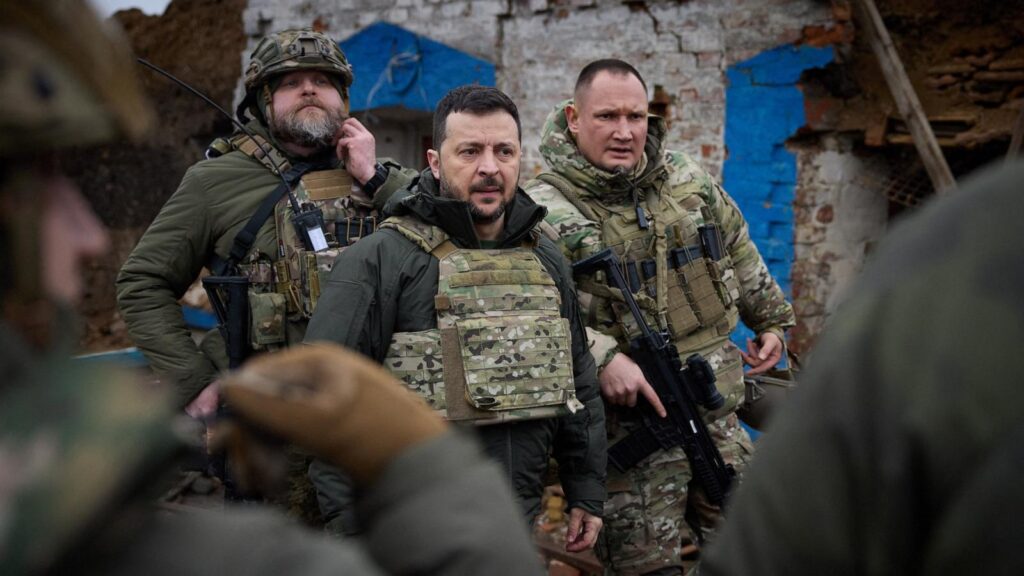
The Human Toll: Lives Lost Across the Globe
War’s most devastating cost is human. While precise 2025 casualty figures are still emerging, the Costs of War Project at Brown University provides a sobering baseline: post-9/11 conflicts alone have claimed nearly 940,000 lives globally by mid-2025, including civilians, combatants, journalists, and aid workers. This year, conflicts in regions like Ukraine, Gaza, Syria, and Sudan continue to drive these numbers higher.
- Asia: The Israel-Iran conflict and ongoing insurgencies in Afghanistan, Myanmar, and elsewhere have led to tens of thousands of deaths. Gaza alone reports over 40,000 fatalities since 2023, per the Palestinian Ministry of Health.
- Africa: Civil wars in Sudan and Ethiopia, alongside insurgencies in Somalia and the Sahel, have killed thousands, with millions displaced. Estimates suggest over 20,000 deaths in Sudan alone this year.
- Europe: Russia’s war in Ukraine remains a bloodbath, with 2025 seeing continued high casualties—potentially exceeding 100,000 combined military and civilian deaths since 2022.
- North America: While direct warfare is absent, the U.S. bears the human cost of veterans’ mental health crises and indirect deaths from post-9/11 wars, with suicides and overdoses linked to war trauma.
- South America: Low-intensity conflicts, such as gang violence in Colombia and Venezuela, contribute to thousands of deaths annually, often underreported.
- Australia: No active wars, but contributions to global conflicts through military support add to the human toll indirectly.
- Antarctica: No deaths, but rising militarization over resource claims threatens future stability.
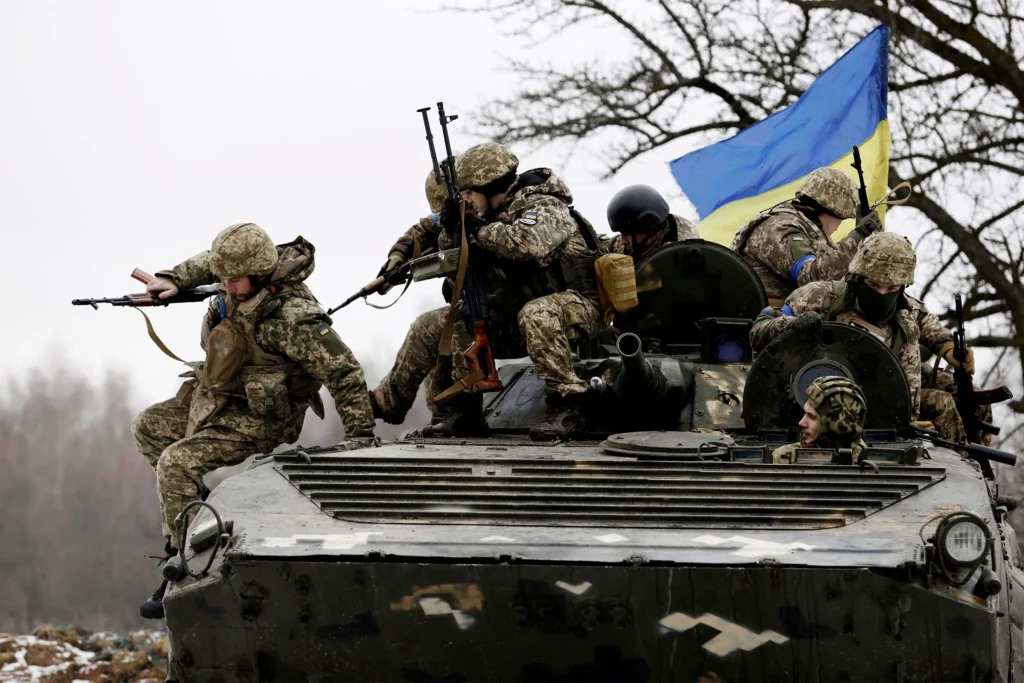
These figures exclude indirect deaths from disease, starvation, and displacement—likely doubling the true human cost. The loss of life in 2025 underscores a grim reality: war spares no continent, directly or indirectly.
The Financial Burden: Trillions Down the Drain
The economic cost of war in 2025 is astronomical, diverting resources from education, healthcare, and climate solutions. The Costs of War Project estimates that U.S. post-9/11 wars alone have cost $8 trillion through 2025, with $2.2 trillion allocated for future veterans’ care. Globally, conflict-related costs are even higher.
- Direct Costs: The U.S. spent $5.8 trillion on military operations in the Middle East and Afghanistan by mid-2025, with $2.1 trillion on Iraq and Syria alone. Other nations, including Russia ($100 billion annually on Ukraine) and China (escalating defense budgets), contribute to a global military expenditure exceeding $2.5 trillion in 2025.
- Indirect Costs: Interest on war-related borrowing adds $1.1 trillion in the U.S. alone, while global economic disruptions from conflicts (e.g., Ukraine’s impact on food and energy prices) cost an estimated $14 trillion annually, or 13% of global GDP.
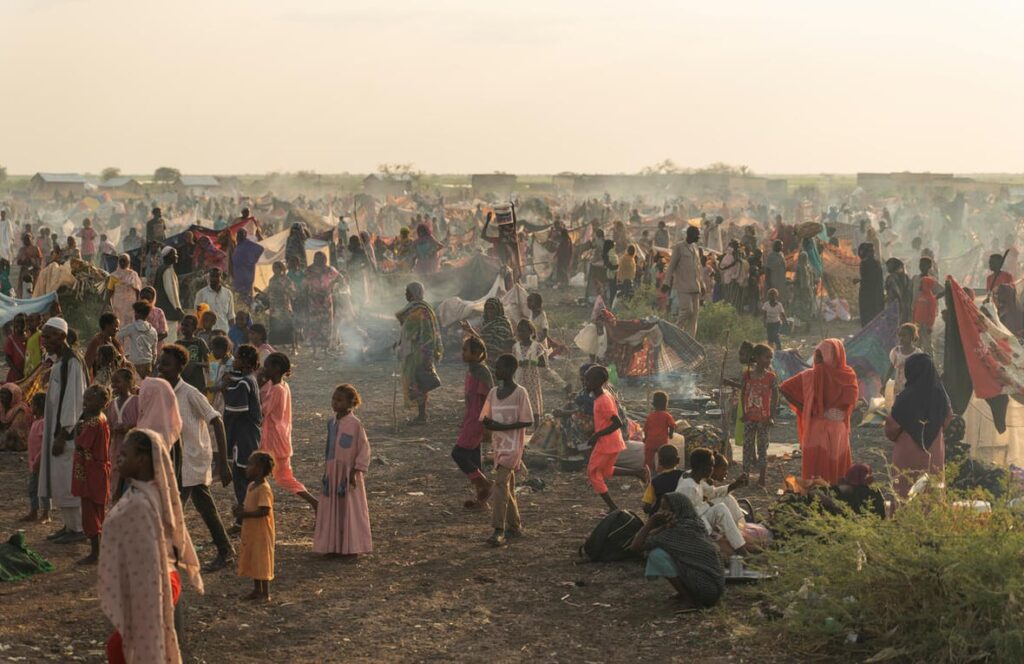
- Continental Breakdown:
- Asia: Home to the costliest conflicts, with Middle Eastern wars and South Asian insurgencies draining national budgets.
- Africa: Military spending in conflict zones like Sudan and Nigeria diverts funds from development, with billions spent on arms.
- Europe: Ukraine’s war has cost Europe over $500 billion in military aid, sanctions, and economic fallout.
- North America: The U.S. Pentagon budget, over $800 billion in 2025, dwarfs other continents’ spending.
- South America: Smaller but significant costs from counterinsurgency and border disputes.
- Australia: Defense contributions to Indo-Pacific tensions cost billions.
- Antarctica: Minimal direct costs, but rising investments in military presence signal future expenses.
These funds, as Lindsay Koshgarian of the National Priorities Project notes, could have decarbonized the U.S. electric grid ($4.5 trillion), erased student debt ($1.7 trillion), or vaccinated low-income countries against COVID ($25 billion). The opportunity cost of war is a missed chance at global prosperity.
Property Loss: Destruction Beyond Repair
War’s physical toll—destroyed homes, infrastructure, and cultural heritage—is incalculable in 2025. Ukraine’s war has razed entire cities, with reconstruction costs estimated at $500 billion. In Gaza, over 60% of buildings are damaged or destroyed. Africa’s conflicts have obliterated schools, hospitals, and markets, while South America’s urban violence wrecks communities. Even Antarctica faces environmental degradation from militarized research stations.
- Economic Impact: Property loss disrupts local economies, halts trade, and delays recovery for decades. The IMF notes that wars exacerbate poverty, food insecurity, and environmental damage, compounding global economic shocks.
- Cultural Loss: Irreplaceable heritage sites, from Syrian temples to Ukrainian museums, are gone forever, eroding global cultural identity.
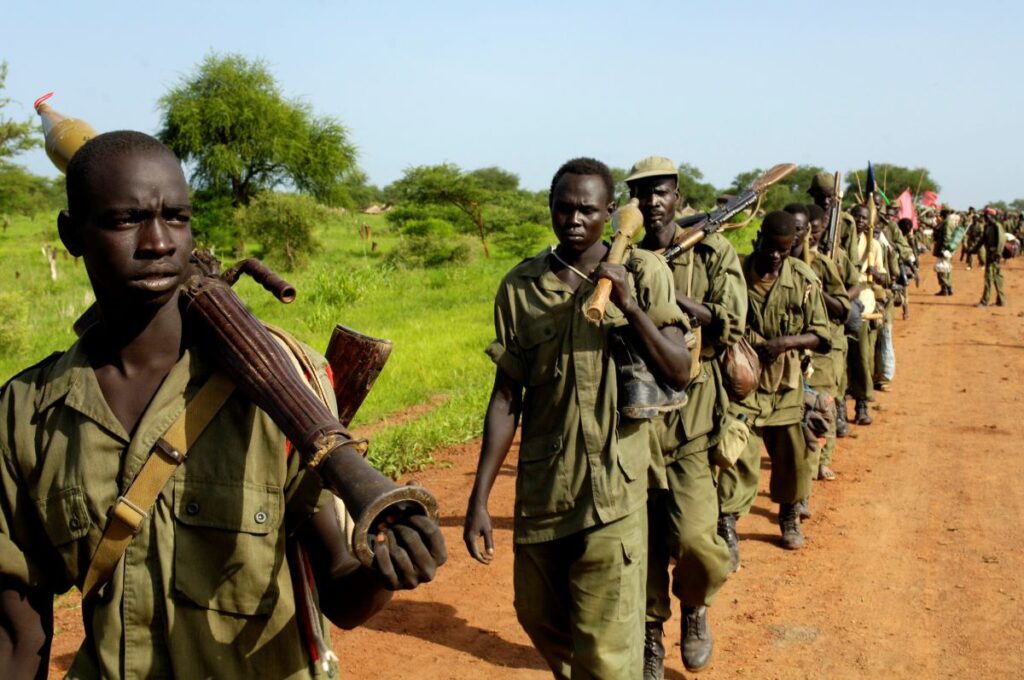
The Erosion of Goodwill: A Fractured World
Goodwill—the trust and cooperation between nations and peoples—has been shattered by 2025’s conflicts. Polarization, as noted by Carnegie Corporation’s Dame Louise Richardson, is a global crisis fueled by war’s rhetoric and division. The “Sea of Goodwill” promised by military narratives is a myth, as veterans in the U.S. face substandard care and communities worldwide lose faith in institutions.
- Global Trust: Wars in Ukraine and the Middle East have deepened divides between East and West, while Africa’s conflicts strain regional alliances.
- Social Fabric: Displaced populations—over 100 million globally—face hostility, undermining social cohesion.
- Corporate Goodwill: Military contractors, profiting $2.1 trillion since 2001, face growing public scrutiny for fueling perpetual war.
The True Cost of War in 2025: A Global Reckoning Across Seven Continents
In 2025, the world remains scarred by the relentless toll of armed conflicts, with Ukraine, Gaza, Syria, and Sudan standing as grim epicenters of human suffering, economic devastation, and eroded global trust. These wars, alongside tensions across all seven continents—including Antarctica’s emerging geopolitical strain—paint a sobering picture of humanity’s misplaced priorities.
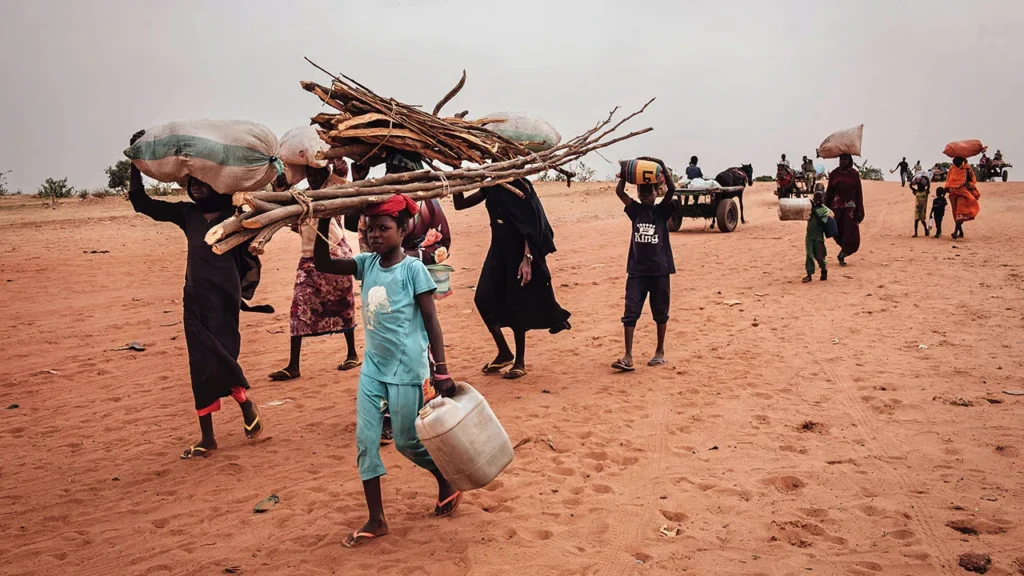
The costs of these conflicts, measured in lives lost, trillions spent, infrastructure obliterated, and goodwill shattered, demand a transformative response. Through YTC Ventures, impact investment offers a path to redirect these resources toward peace, reconstruction, and sustainability. This article quantifies the staggering costs of war in 2025, with a deep dive into Ukraine, Gaza, Syria, and Sudan, to ignite a global movement for change
The Human Toll: Lives Lost in 2025
War’s most irreversible cost is human life. The Costs of War Project at Brown University estimates that post-9/11 conflicts have directly killed over 940,000 people by mid-2025, with indirect deaths (from disease, starvation, and displacement) pushing the total to 4.5–4.7 million. In 2025, Ukraine, Gaza, Syria, and Sudan account for a significant share of this toll, with ripple effects across all continents.
- Ukraine: Russia’s invasion, now in its fourth year, has claimed an estimated 200,000–300,000 lives since 2022, including civilians and combatants. In 2025, Russian forces have pressed forward, capturing significant territory in Ukraine’s east and north, with escalated aerial attacks on Kyiv. Civilian deaths are estimated at 10,000–15,000 annually, with military casualties on both sides reaching tens of thousands in 2025 alone. Indirect deaths from disrupted healthcare and infrastructure likely add thousands more.
- Gaza: The Israel-Hamas conflict has killed over 43,000 Palestinians since October 2023, with 2025 marking the deadliest year since 1948, per TRT World. The Palestinian Ministry of Health reports 35,000 deaths in 2024 alone, with 2025 projections suggesting 10,000–15,000 additional fatalities due to ongoing bombardments and humanitarian crises. Over 85% of Gaza’s 2.3 million residents have been displaced, many multiple times, facing famine and disease.
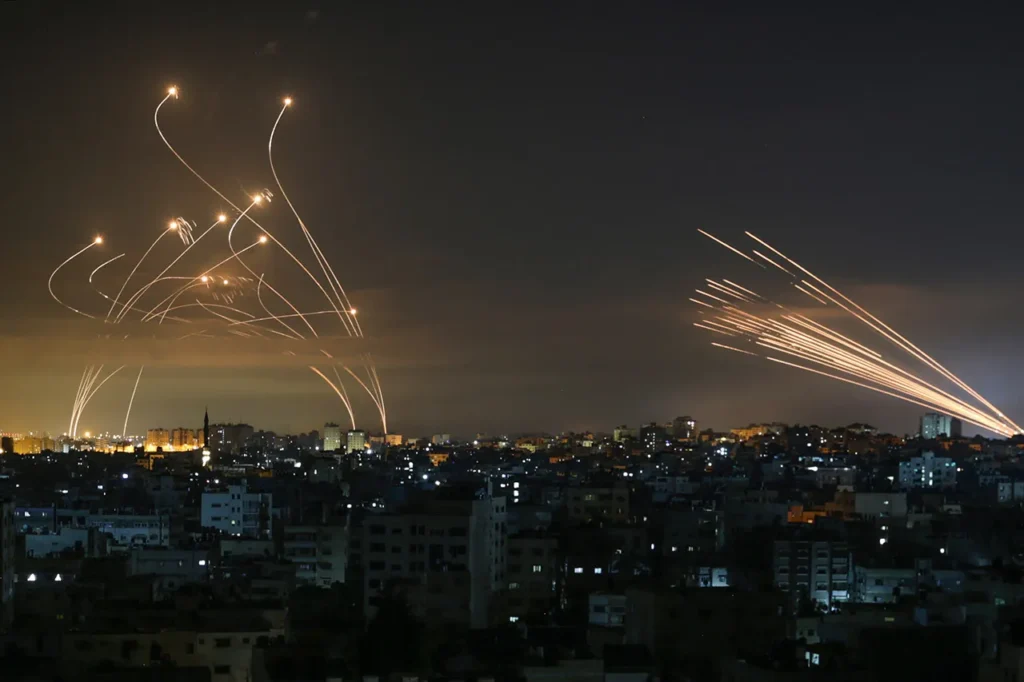
- Syria: The fall of the Assad regime in late 2024 shifted the Syrian Civil War’s dynamics, but violence persists. The war has killed over 500,000 since 2011, with 2025 seeing a suicide bombing in Damascus by Saraya Ansar al-Sunna, killing dozens. Estimates suggest 5,000–10,000 deaths in 2025, driven by clashes between rebel factions and lingering insurgencies.
- Sudan: The civil war between the Sudanese Armed Forces (SAF) and Rapid Support Forces (RSF), ongoing since April 2023, has claimed over 150,000 lives by March 2025, per the BBC. In 2025, 20,000–30,000 additional deaths are projected, with famine and sexual violence exacerbating the crisis. Over 12 million people—over a third of Sudan’s population—have been displaced, creating the world’s largest humanitarian crisis.
- Other Continents: North America bears the indirect human cost of U.S. veterans’ trauma, with suicides and overdoses linked to post-9/11 wars. South America sees thousands of deaths from gang violence in Colombia and Venezuela. Asia’s conflicts in Myanmar and Yemen add to the global toll, while Australia contributes through military support in the Indo-Pacific. Antarctica, though free of direct casualties, faces rising militarization over resource claims, threatening future stability.
The global death toll in 2025, driven by these conflicts, underscores war’s indiscriminate reach, with indirect deaths potentially doubling the direct count.

The Financial Burden: Trillions Diverted from Progress
The economic cost of war in 2025 is staggering, diverting resources from development, healthcare, and climate action. The Costs of War Project estimates U.S. post-9/11 wars have cost $8 trillion through 2025, with $5.8 trillion spent on Middle East and Afghanistan operations and $2.2 trillion allocated for future veterans’ care.
Globally, military spending exceeds $2.5 trillion annually, with economic disruptions from war costing $14 trillion, or 13% of global GDP.
- Ukraine: Russia’s war has cost an estimated $500 billion since 2022, with Russia spending $100 billion annually and Ukraine reliant on $100 billion in Western aid in 2025. Reconstruction costs are projected at $500 billion, with 2025 seeing $50–75 billion in additional military and economic losses due to intensified fighting.
- Gaza: U.S. aid for Israeli operations in Gaza and the region reached $17.9 billion from October 2023 to October 2024, with an additional $5–10 billion projected for 2025. Reconstruction costs for Gaza’s devastated infrastructure are estimated at $50–100 billion, with no clear funding source given recurring conflicts.
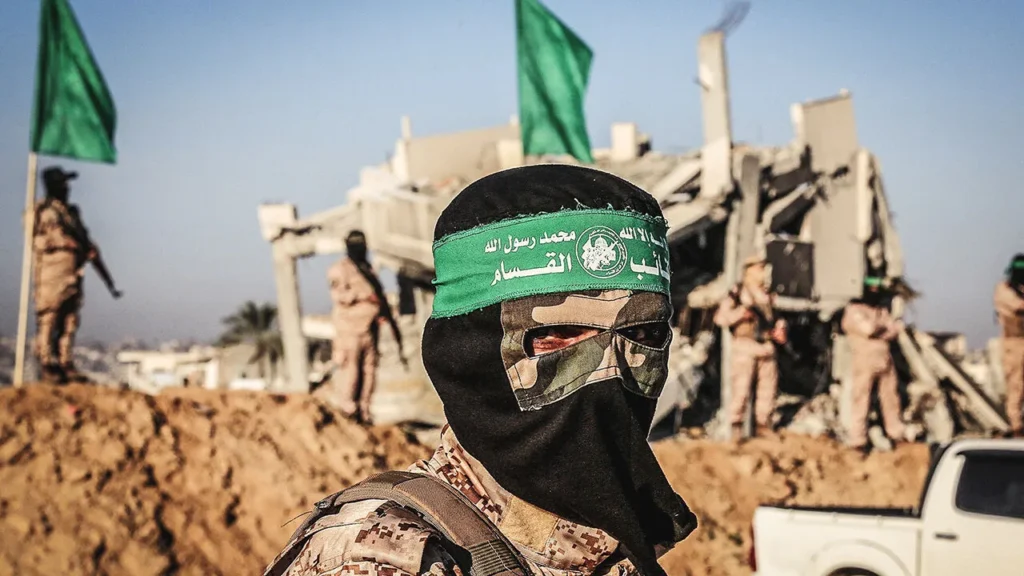
- Syria: The Syrian war’s cumulative cost exceeds $1 trillion since 2011, with 2025 costs driven by humanitarian aid ($5–10 billion) and limited reconstruction efforts post-Assad. Western sanctions obstruct relief, inflating costs as aid struggles to reach 12 million displaced Syrians.
- Sudan: The civil war has reduced state revenues by 80%, with direct military costs estimated at $10–20 billion annually. Humanitarian aid needs for 30 million affected Sudanese exceed $5 billion in 2025, with famine relief alone requiring $2 billion.
- Other Continents: The U.S. Pentagon budget ($800 billion in 2025) dominates North America’s war-related spending. South America’s counterinsurgency efforts cost billions, while Asia’s conflicts in Myanmar and Yemen drain national budgets. Australia’s defense spending in the Indo-Pacific adds $10 billion annually. Antarctica’s militarization, though small, signals future costs.
These funds could have transformed global infrastructure—$8 trillion could decarbonize the U.S. grid, erase student debt, or vaccinate low-income nations. War’s financial toll is a missed opportunity for progress.
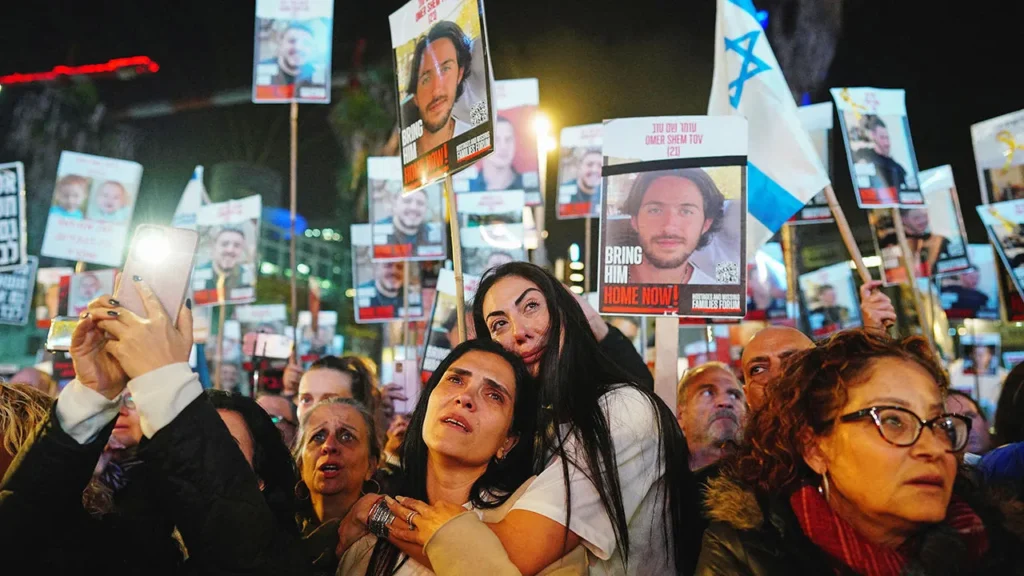
Property Loss: A Landscape of Ruin
War’s physical destruction in 2025 has obliterated homes, infrastructure, and cultural heritage, with long-term economic and social consequences.
- Ukraine: Ukraine’s cities, like Pokrovsk and Kyiv, face relentless Russian drone and missile strikes, with reconstruction costs estimated at $500 billion. Energy infrastructure attacks in 2025 have plunged millions into darkness, costing $10–20 billion in damages.
- Gaza: Over 60% of Gaza’s buildings are damaged or destroyed, with entire neighborhoods reduced to rubble. Reconstruction estimates range from $50–100 billion, but recurring conflicts deter investment. Cultural heritage, including mosques and schools, is irreparably lost.
- Syria: Decades of war have destroyed 50% of Syria’s infrastructure, with 2025 seeing further damage from rebel offensives. Reconstruction costs exceed $400 billion, with sanctions delaying recovery.
- Sudan: Up to 80% of hospitals and health facilities in conflict zones like Darfur are damaged, with urban centers like Khartoum facing $20–30 billion in reconstruction needs. Makeshift camps in Gedaref and Zamzam face cholera outbreaks, compounding losses.
- Other Continents: North America avoids direct property loss but funds global destruction. South America’s urban violence damages communities, while Asia’s conflicts in Myanmar and Yemen raze infrastructure. Antarctica’s environmental degradation from militarized research stations threatens its pristine landscape.
The IMF notes that property loss fuels poverty, food insecurity, and environmental damage, delaying recovery for decades.
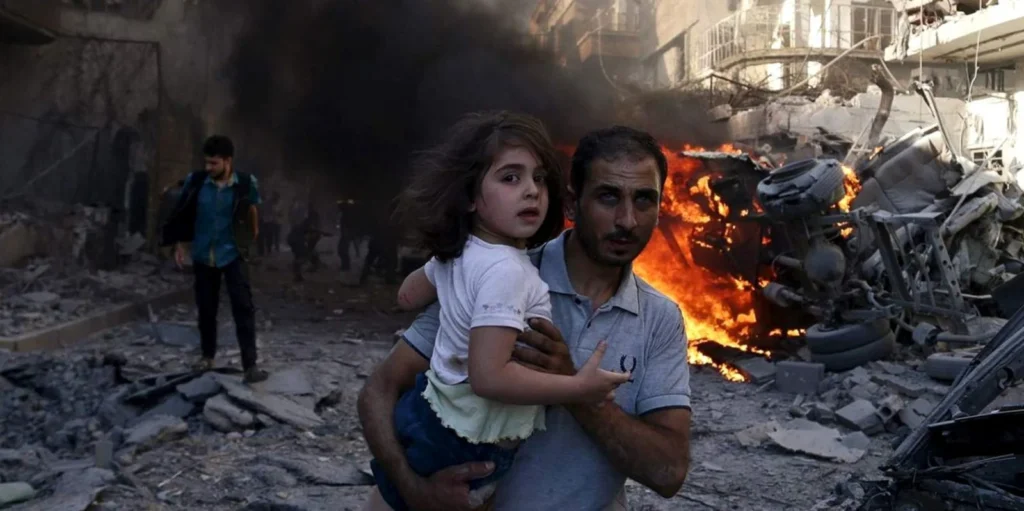
The Erosion of Goodwill: A Fractured Global Community
Goodwill—trust and cooperation between nations and peoples—has been shattered by 2025’s conflicts, deepening global polarization.
- Ukraine: Russia’s invasion has strained East-West relations, with Putin’s threats to revise post-Cold War arrangements risking broader European confrontation. Ukraine’s alignment with NATO alienates Global South nations, complicating peace talks.
- Gaza: Israel’s actions have sparked global protests, with Arab and Muslim communities in the U.S. and Europe losing faith in Western governments. The Abraham Accords’ normalization efforts falter as regional tensions rise.
- Syria: The fall of Assad has fractured regional alliances, with Iran’s influence waning and Turkey’s role uncertain. Sanctions obstruct aid, eroding trust in Western intentions.
- Sudan: Foreign interference from the UAE, Egypt, and Libya fuels distrust, with fears of Sudan’s fragmentation threatening regional stability. The UN’s failure to broker peace undermines global institutions.
- Other Continents: North America’s focus on Ukraine and Gaza diverts attention from Africa’s crises, alienating Global South nations. South America’s internal conflicts strain regional cooperation, while Asia’s rivalries (e.g., India-Pakistan) deepen mistrust. Antarctica’s resource disputes erode international treaties.
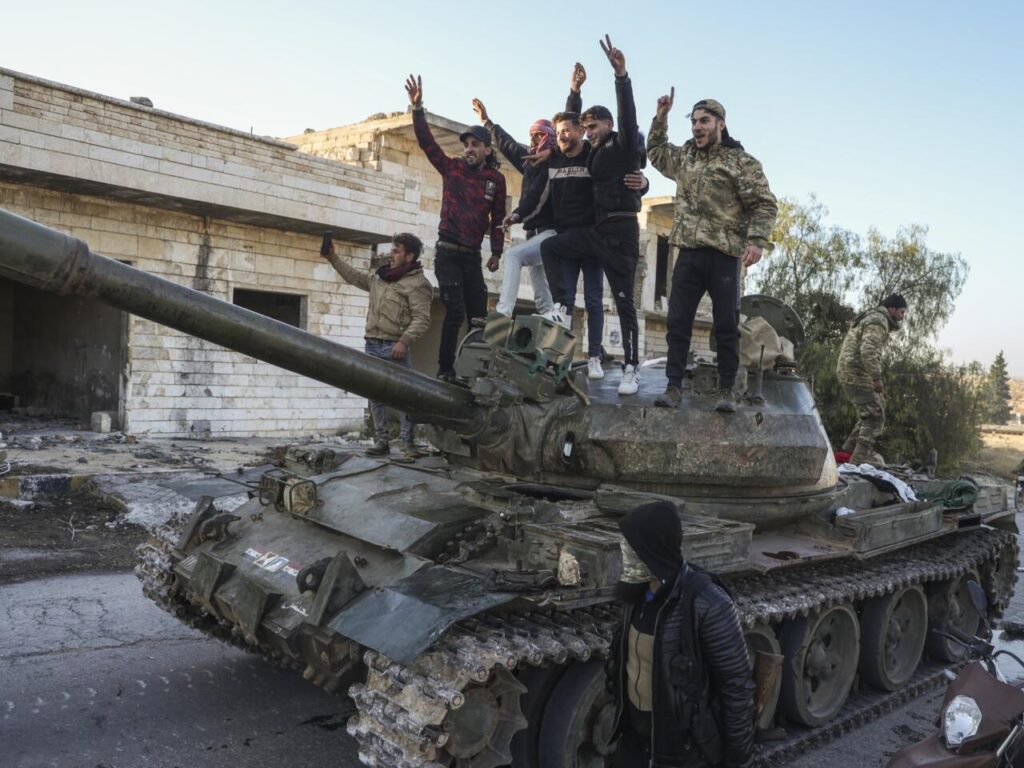
The Carnegie Corporation warns that polarization, fueled by war’s rhetoric, is a global crisis, undermining social cohesion and diplomatic efforts.
The Path Forward: Impact Investment with YTC Ventures
The costs of war in 2025—human, financial, physical, and social—demand a new approach. YTC Ventures, a leader in impact investment, offers a solution: redirecting the trillions spent on destruction toward rebuilding lives, infrastructure, and trust. Imagine a world where:
- Humanitarian Aid: Funds rebuild schools and hospitals in war-torn regions, reducing displacement and poverty.
- Sustainable Development: Investments in clean energy and infrastructure counter the environmental toll of war.
- Social Innovation: Programs foster dialogue, heal trauma, and restore goodwill across communities.
- Economic Equity: Resources empower local economies, creating jobs and opportunities instead of destruction.
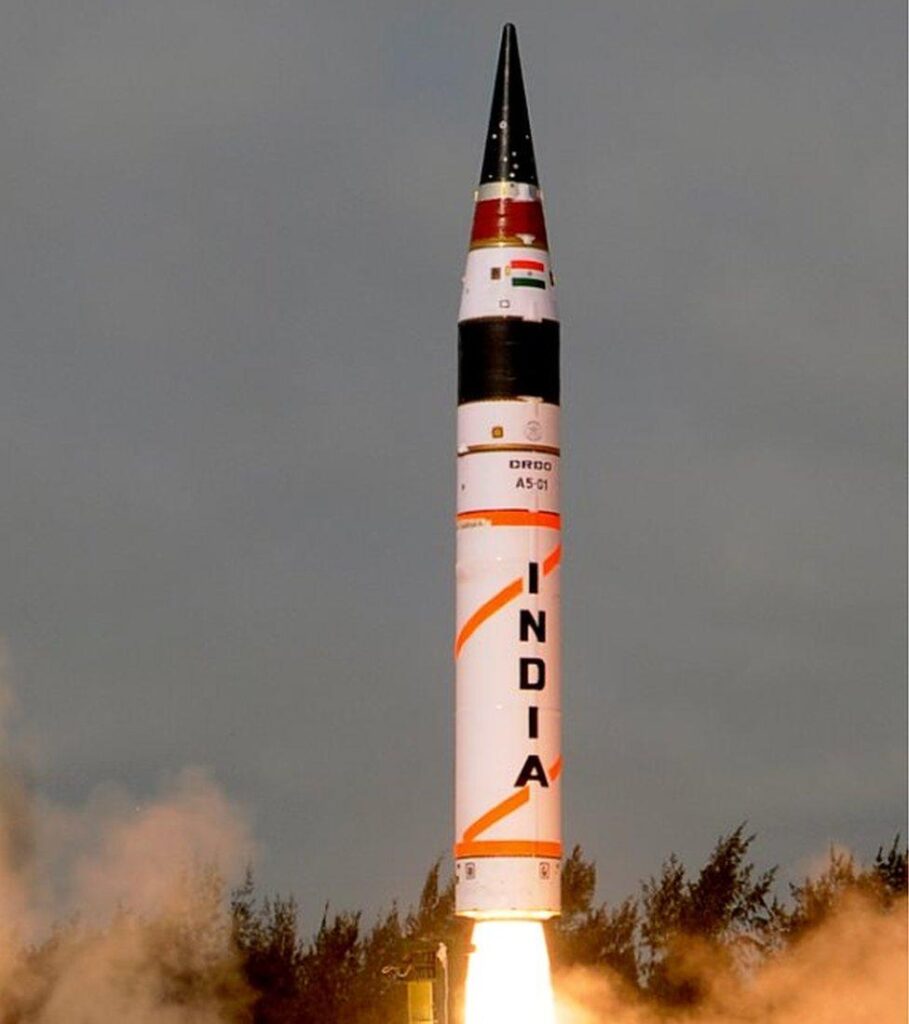
YTC Ventures is poised to lead this transformation, channeling capital into projects that prioritize people over profit. By investing in peacebuilding, renewable energy, and education, we can turn the tide on war’s devastation.
The $8 trillion spent on U.S. wars alone could fund global healthcare for decades—let’s make that vision a reality.
Call to Action
The costs of war in 2025 are a wake-up call. From Asia to Antarctica, no continent escapes the ripple effects of conflict. YTC Ventures invites investors, policymakers, and citizens to join the movement for impact investment.

Visit YTC Ventures to learn how your capital can rebuild a world scarred by war. Together, we can create a legacy of peace, prosperity, and goodwill.

Comments